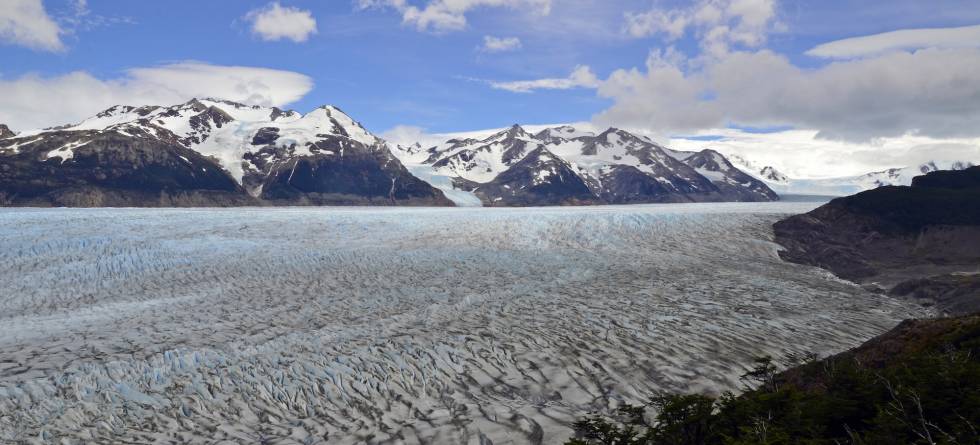At 12.15 pm on the 3rd of May at the University of Bergen, Willem van der Bilt will defend his doctoral thesis:
“Towards a process-based understanding of Holocene polar climate change: using glacier-fed lake sediments from Arctic Svalbard and Antarctic South Georgia”
Van der Bilt`s findings advance our knowledge of the past behavior of past polar climate, investigating lake sediments. His thesis presents a range of novel climate datasets, including the first record of glacier variability from Svalbard that covers the entire time span since the end of the last Ice Age, the first two quantitative temperature reconstructions from the High Arctic covering this period, as well as the first continuous glacier reconstruction for the past millennium from sub-Antarctic South Georgia.
Dynamic glaciers challenge existing views
Van der Bilt`s findings suggest that that the glaciers of Svalbard have been very dynamic since the end of the Last Ice Age, challenging existing views. For example, instead of reaching their largest post-glacial extent during the so-called “Little Ice Age” in the 19th century, the studied glaciers did so much earlier, around 9500 years ago. “This goes against the prevalent view that this period was particularly warm”. Researchers have long hypothesized that melting ice, then covering Canada, cooled the North Atlantic by disrupting ocean circulation. Van der Bilt`s 10 000 year long record also indicates that Svalbard glaciers have been smaller in the past than today, disappearing at times.
Biomarker paleothermometry reveals step-wise cooling
Using the temperature-sensitivity of lipid biomarkers, van der Bilt reconstructed summer temperatures on Svalbard over the past 10 000 years. “Glacier reconstructions add vital missing pieces, but don`t solve the past polar climate puzzle. Were glacier variations driven by shifts in temperature or precipitation?” Van der Bilt`s work reveals very early and intense post-glacial warming, followed by two distinct cooling steps. Comparison with other regional records suggests that these events were caused by rapid changes in sea-ice extent, acting as climate tipping points.
Bi-polar climate links
Van der Bilt`s findings from sub-Antarctic South Georgia contribute to the ongoing debate whether the Arctic and Antarctic show a synchronous or inverse climate response. The studied glacier favors the former hypothesis, indicating an onset of “Little Ice Age” glacier growth coeval with sites in the North. However, at the same time, comparison between investigated sites near both poles reveals sharp contrasts. For example, the extent of the “Little Ice Age” was much more restricted in the South than up North.

